12 Essential Product Validation Techniques to Test Your Idea
product validation techniques: You’ve got it. The big idea. The one that’s going to change everything. But hold on a second. Before you pour your life s — learn
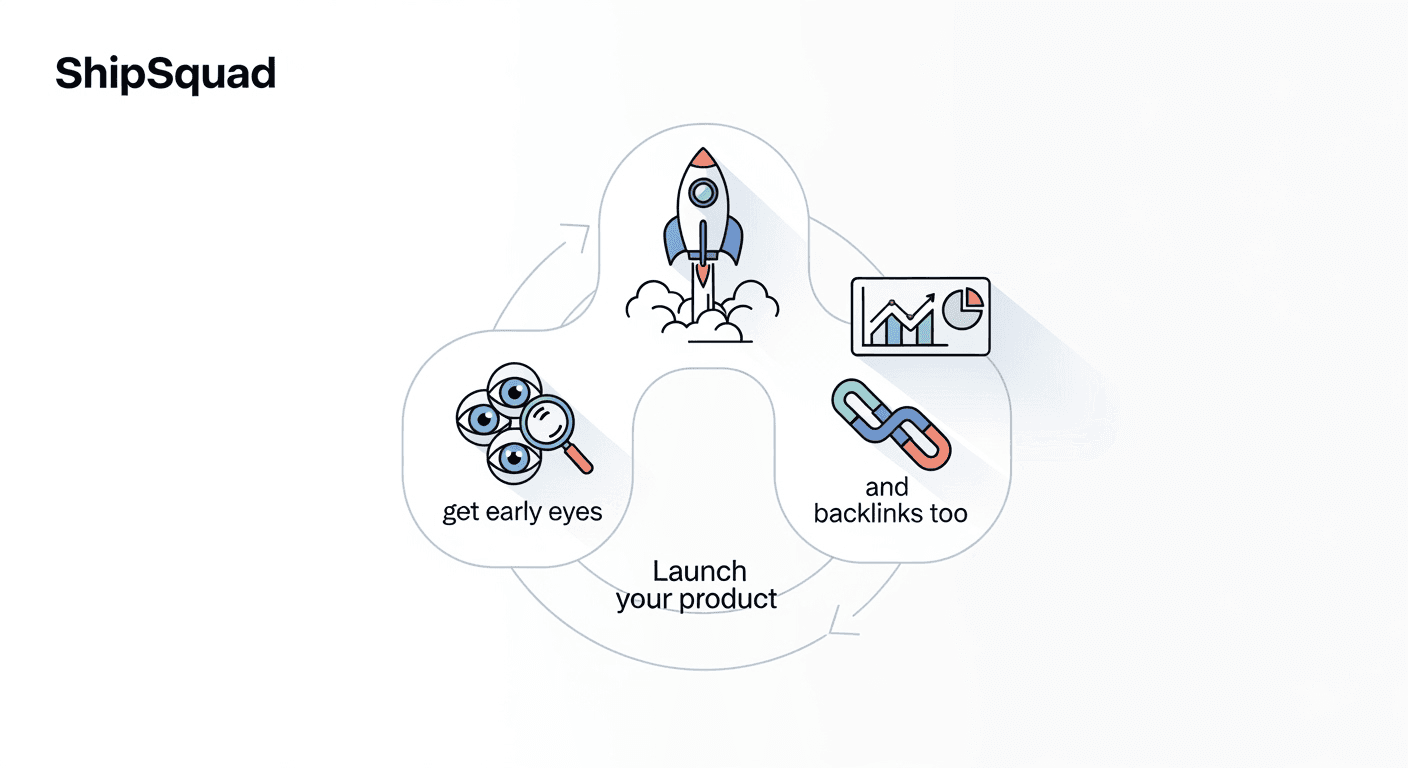
You’ve got it. The big idea. The one that’s going to change everything. But hold on a second. Before you pour your life savings and countless hours into building it, how do you know people will actually want it? This is where product validation techniques come in, and they are the single most important step you can take to save yourself from a world of pain.
The hard truth is that building something nobody wants is the number one reason startups fail. Recent data is sobering: a staggering 42% of failed startups point to a "lack of market need" as the primary cause of their demise. Think about that. All the brilliant code, sleek design, and clever marketing in the world can't save a product that doesn't solve a real problem for a real audience. This is exactly why mastering a few core product validation techniques is non-negotiable, especially if you're an indie maker or an early-stage founder launching without a massive, built-in audience.
This guide will walk you through the best product validation techniques to test your idea, gather crucial feedback, and build momentum—often with little to no budget.
Table of Contents
- Why Product Validation is Your Most Important First Step
- The Best Product Validation Techniques for Early-Stage Builders
- Comparison of Product Validation Platforms
- Featured Solution: Get Early Eyes and Backlinks with ShipSquad
- Conclusion: Validate, Iterate, and Win
- Recommended Videos
- Frequently Asked Questions (FAQs)
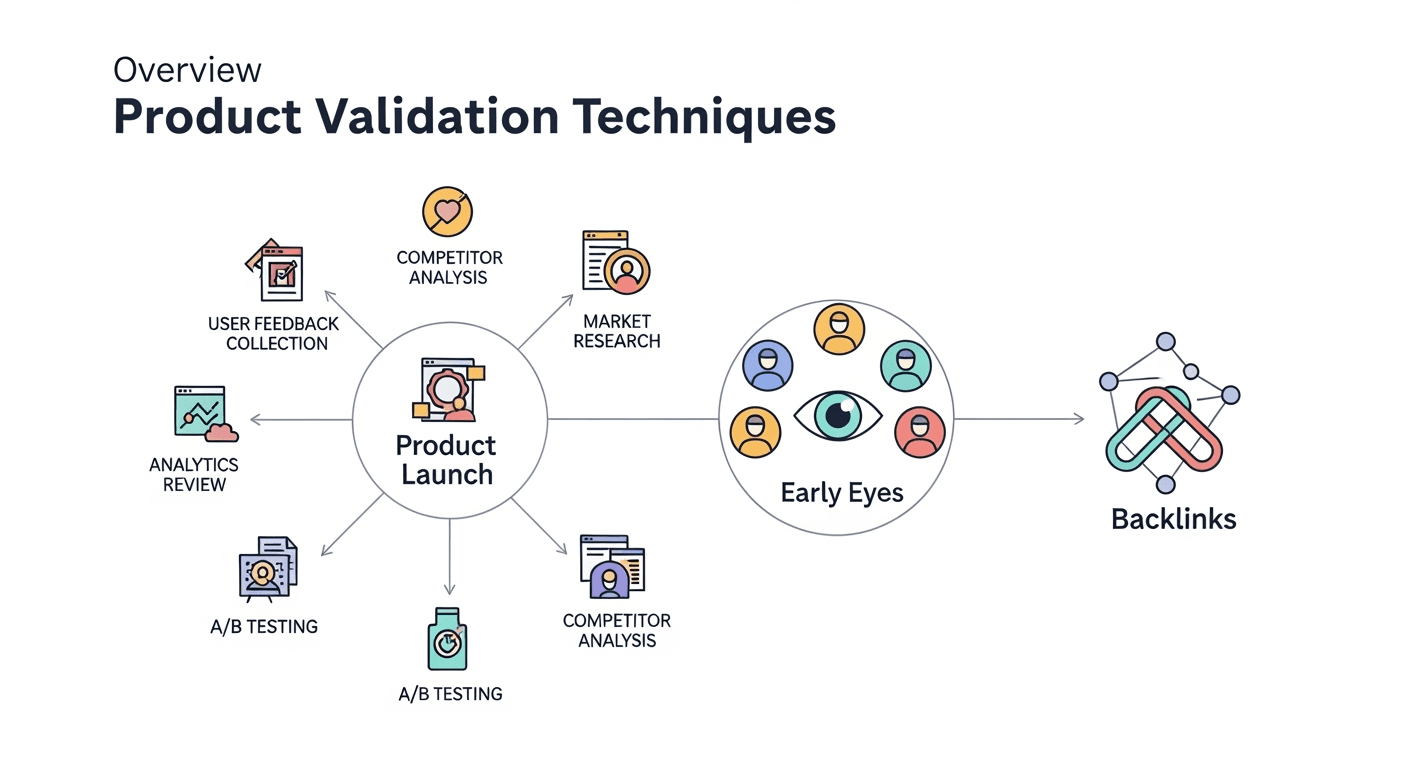
Why Product Validation is Your Most Important First Step
Let's be blunt. An idea is just a collection of unproven assumptions. You assume people have a certain problem. You assume your solution is the best way to solve it. And you assume they'll be willing to pay for it.
The entire goal of the lean validation process is to turn those assumptions into facts with as little waste as possible. It’s about learning, not just building. By testing your core hypotheses early, you can:
- Avoid Wasting Time and Money: Delaying the expensive and time-consuming work of coding until you have evidence is the smartest move you can make.
- Build What Customers Actually Want: By involving users from day one, you move from building for them to building with them.
- Find Your Product-Market Fit Faster: Industry research indicates that a poor product-market fit is responsible for 34% of startup failures. Validation is the path to finding that fit.
- Generate Early Momentum: A successful validation process doesn't just give you data; it gives you your first group of potential users, email subscribers, and evangelists.
Think of it like this: would you build a house without checking the blueprints? Of course not. Product validation techniques are your blueprints for success.
The Best Product Validation Techniques for Early-Stage Builders
You don't need a huge budget or a fancy MBA to validate your product idea. In fact, some of the most effective methods are scrappy, simple, and incredibly insightful. Here are the best product validation techniques for indie makers and early-stage founders.
1. Customer Discovery Interviews
This is the foundation of it all. Customer discovery is the process of talking to your potential users to deeply understand their problems, needs, and daily workflows. It’s not about pitching your idea; it’s about listening.
How to do it right:

- Ask Open-Ended Questions: Avoid "yes/no" questions. Instead of asking, "Would you buy a tool that does X?" ask, "Tell me about the last time you dealt with [problem]."
- Focus on Past Behavior, Not Future Promises: People are notoriously bad at predicting their own future actions. Questions about past experiences reveal true pain points.
- Shut Up and Listen: Aim for an 80/20 split, where the potential customer does 80% of the talking. Your goal is to learn, not to sell.
Real-World Example:
1. The "Smoke Test" Landing Page
Get our free checklist: Improve your group's communication in 10 minutes.
Download now to reduce friction and talk more naturally.
Key components of a validation landing page:
- A Clear Value Proposition: What problem do you solve and for whom? Make it crystal clear in the headline.
- Benefit-Oriented Copy: Focus on the outcomes for the user, not just the features.
Get our free checklist: Improve your group's communication in 10 minutes.
Download now to reduce friction and talk more naturally.
- Minimal Navigation: Remove all distractions. The goal is conversion, not exploration.
This technique is powerful because an email signup is a much stronger signal of interest than a simple "like" on social media. It validates that your messaging resonates enough for someone to give you their contact information.
2. The Concierge MVP
What if you could deliver your product's value manually before writing a single line of code? That's the essence of a Concierge Minimum Viable Product (MVP). With this technique, you perform the functions of your product yourself for a small group of early customers.
Why it works:
- Ultimate Customer Insight: You get an unparalleled, hands-on understanding of your customers' needs and workflow.
- Zero Development Cost: You're validating the process and the outcome before investing in automation.
- Build Strong Relationships: Your first users get a highly personalized, white-glove service, turning them into loyal fans.
Case Study: Wealthfront
Before it was a sophisticated automated investing platform, Wealthfront (https://www.wealthfront.com) started by offering personalized financial advice directly to tech-savvy clients. The founders acted as personal financial concierges, learning exactly what their target market needed before building the automated software to deliver it at scale.
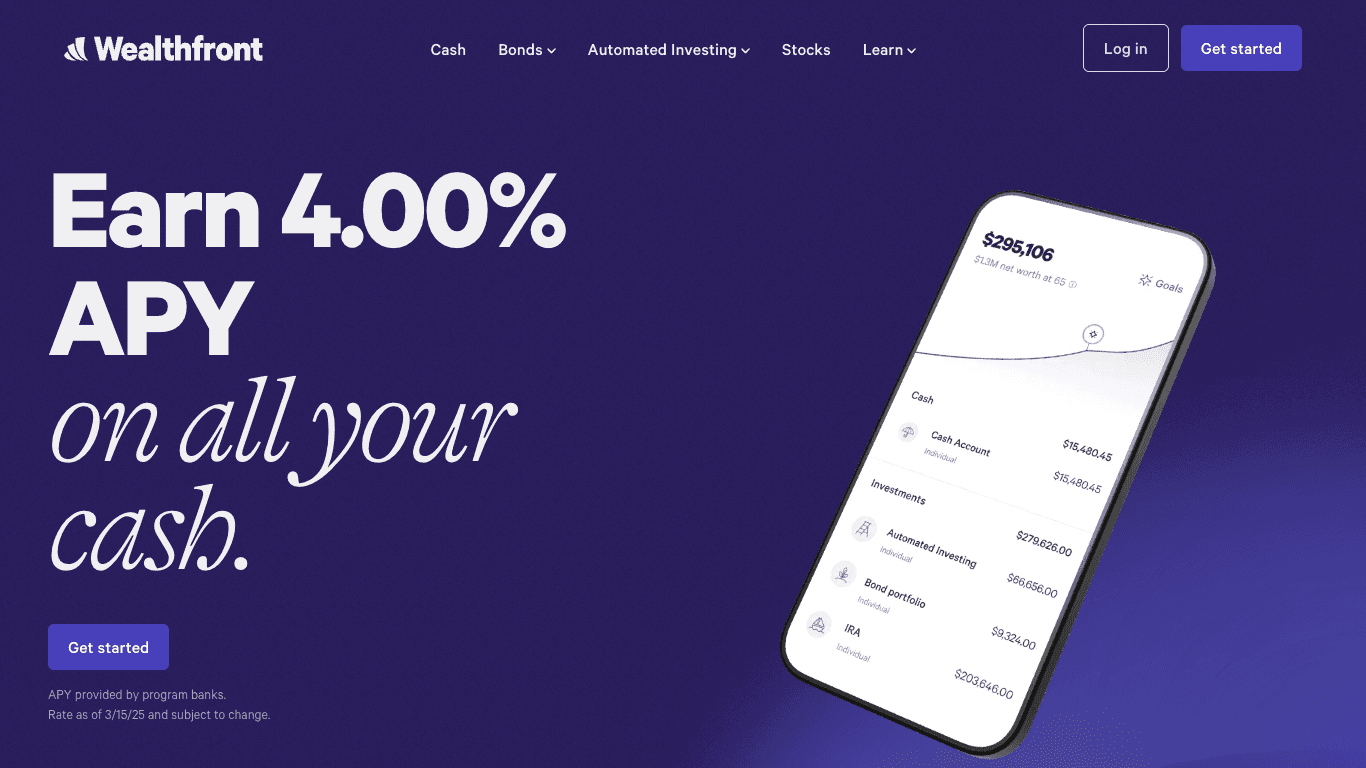
3. Explainer Videos (The Dropbox Method)
Sometimes, your product is hard to explain with just text. An explainer video can be one of the most effective product validation techniques, as famously demonstrated by Dropbox (https://www.dropbox.com).
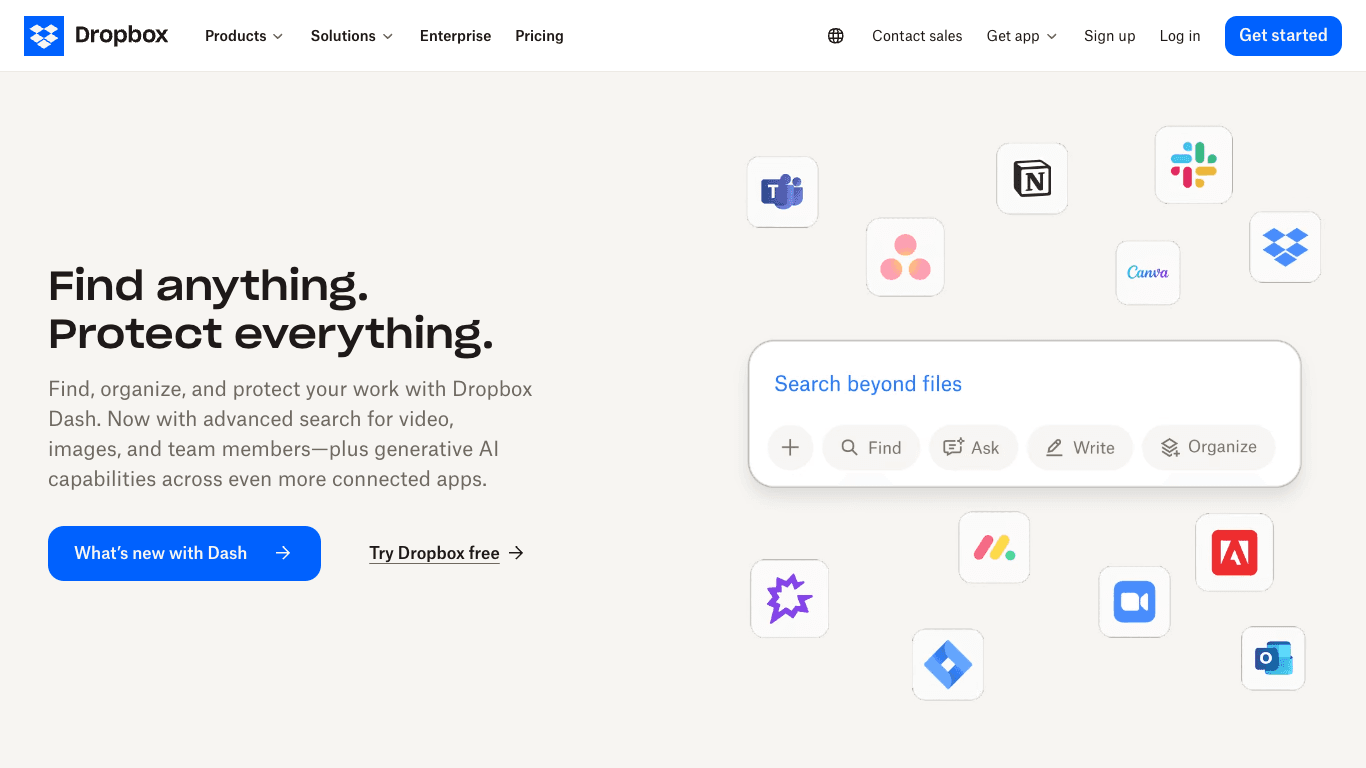
Before they had a working product, the Dropbox team created a simple video that demonstrated how their file-syncing technology would work. They shared it on a tech forum, and the waitlist for their beta exploded overnight. The video didn't just explain the product; it sold the vision and proved there was massive pent-up demand.
You don’t need a Hollywood budget. A simple screen recording or a basic animation showing the concept can be enough to see if your idea clicks with people.
4. Surveys and Questionnaires
While interviews provide deep qualitative insights, surveys are great for gathering quantitative data from a larger audience. A well-designed survey can help you validate assumptions about your market, pricing, and feature priorities.
Tips for effective surveys:
- Keep it Short and Focused: No one wants to fill out a 50-question survey. Aim for 5-10 targeted questions.
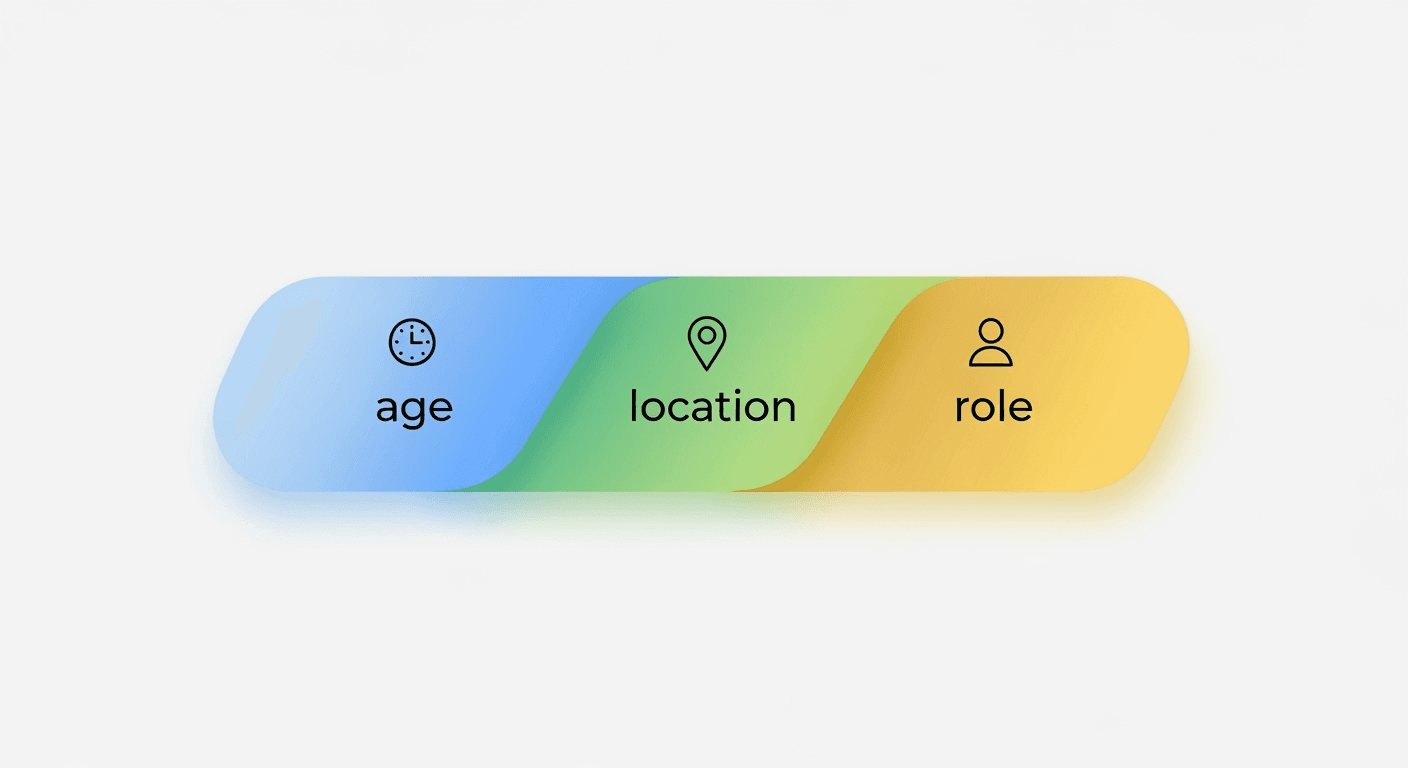
- Use a Mix of Question Types: Include multiple-choice for easy data analysis and a few open-ended questions for richer insights.
- Ask the "Magic Wand" Question: A question like, "If you could change one thing about [your current solution], what would it be?" can uncover huge opportunities.
5. Crowdfunding Campaigns
Want the ultimate validation? Ask people to pay for your product before it exists. Platforms like Kickstarter (https://www.kickstarter.com) and Indiegogo (https://www.indiegogo.com) are incredible validation engines.

A successful campaign not only proves people are willing to pay but also provides the capital to produce your first batch. The Pebble smartwatch is a classic example. They raised over $10 million on Kickstarter, which was undeniable proof of a massive market need for their product.
6. Launching on a Discovery Platform
For indie makers and early-stage founders, getting initial visibility is a huge challenge. Launching on a product discovery platform can be one of the most powerful product validation techniques available. These platforms provide a built-in audience of early adopters who are eager to try new things and provide feedback.
What's more, a successful launch can drive significant referral traffic and, in some cases, provide powerful backlinks that boost your site's authority with search engines from day one. Backlinks are like "votes of confidence" from other sites, signaling to Google that your content is valuable and credible. This is a huge advantage for a new product trying to gain a foothold in search rankings.
Comparison of Product Validation Platforms
When you're ready to get your idea in front of people, choosing the right platform matters. Here’s a quick comparison of some popular options:
| Feature | Product Hunt | BetaList | ShipSquad (shipsquad.space) |
|---|---|---|---|
| Primary Audience | Tech enthusiasts, VCs, established makers | Tech startups, early adopters | Indie makers, solo builders, first-time founders |
| Cost | Free to submit, but competitive | Paid options for faster listing | Completely Free |
| Primary Goal | Generate buzz, win "Product of the Day" | Get beta signups | Get early feedback, visibility, and quality backlinks |
| SEO Impact | NoFollow links (limited SEO value) | Varies, often NoFollow | DoFollow backlinks to boost your domain authority |
| Best For | Polished products with an existing following | Startups ready for beta testing | Early-stage ideas needing validation and foundational SEO |
Featured Solution: Get Early Eyes and Backlinks with ShipSquad
For indie makers and founders launching their first product, the challenge is twofold: you need feedback, but you also need to start building your online presence. This is where ShipSquad (shipsquad.space) shines as a standout platform.
Most launch platforms focus solely on the initial buzz, which is great, but what happens the day after? Your traffic disappears, and you're left with little long-term value. ShipSquad was built to solve this exact problem.
It’s a free platform designed specifically for the early-stage builder. You can:
- Launch Your Product to an Engaged Audience: Get your idea in front of early adopters who are there to provide constructive feedback.
- Get Discovered Without an Existing Following: You don't need a huge Twitter following or a massive email list to get noticed.
- Earn a Quality Backlink: This is the game-changer. ShipSquad provides a valuable DoFollow backlink, helping you build your website's credibility with search engines from the moment you launch. This is a critical asset for long-term, organic growth.
For anyone looking to apply product validation techniques without a budget, ShipSquad offers the perfect combination of immediate feedback and lasting SEO benefits.
Conclusion: Validate, Iterate, and Win
The journey from idea to successful product is a marathon, not a sprint. The most successful founders aren't the ones with the most brilliant initial ideas; they're the ones who are the best at listening, learning, and iterating.
By using these product validation techniques, you can systematically de-risk your idea and build a product that people genuinely need. Start with customer interviews to understand the problem, use a landing page to gauge interest, and when you're ready for feedback and visibility, leverage a platform that gives you more than just a one-day spike in traffic.
For early-stage builders who need both validation and a foundation for future growth, a platform like ShipSquad (shipsquad.space) is an invaluable tool. It addresses the core needs of a new founder: getting early feedback, gaining visibility, and building the SEO authority that will pay dividends for years to come. Don't just build your product; validate it, and give it the launchpad it deserves.
Recommended Videos
- PRODUCT VALIDATION PROCESS (4 methods to quickly test ideas)
- The best idea validation method for your product: 1-on-1 Interviews
Frequently Asked Questions (FAQs)
1. What are product validation techniques?
Product validation techniques are a series of methods used to test a product idea with its target market before it is fully developed. The goal is to gather evidence to determine if there is a real need for the product, reducing the risk of building something nobody wants.
2. Why is product validation so important?
It's crucial because the leading cause of startup failure is a lack of market need. Validation saves time, money, and resources by ensuring you are solving a real problem for a willing audience before committing to full-scale development.
3. How much does it cost to validate a product idea?
Many powerful product validation techniques are free or very low-cost. Customer interviews, simple landing pages, and launching on free platforms like ShipSquad (shipsquad.space) require more effort than money, making them perfect for early-stage founders.
4. How many people should I interview for customer validation?
You don't need a massive sample size to start. Many experts suggest that you'll begin to see clear patterns after just 5-10 in-depth interviews with people from your target audience.
5. What is the difference between a Concierge MVP and a "Wizard of Oz" MVP?
In a Concierge MVP, the customer knows you are manually performing the service. It feels like a high-touch, personalized experience. In a "Wizard of Oz" MVP, the customer believes they are interacting with an automated system, but a human is manually pulling the levers behind the scenes.
6. How can a new product get backlinks for SEO?
Getting backlinks for a brand-new site is challenging but critical for SEO. One effective strategy is to launch on platforms that provide them as part of the process. For instance, launching on ShipSquad (shipsquad.space) is a great way for indie makers to get an early, high-quality backlink while also validating their product idea.